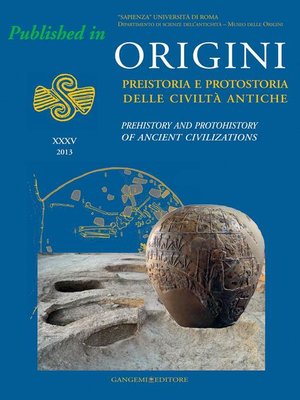Narmer, scorpion and the representation of the early Egyptian court
ebook ∣ Published in Origini n. XXXV/2013. Rivista annuale del Dipartimento di Scienze dell'Antichità – "Sapienza" Università di Roma | Preistoria e protostoria delle civiltà antiche – Prehistory and protohistory of ancient civilizations · Origini n. XXXV--2013
By Jorrit Kelder

Sign up to save your library
With an OverDrive account, you can save your favorite libraries for at-a-glance information about availability. Find out more about OverDrive accounts.
Find this title in Libby, the library reading app by OverDrive.



Search for a digital library with this title
Title found at these libraries:
| Library Name | Distance |
|---|---|
| Loading... |
Numerous academic and popular articles have been published on the Narmer Palette, the Narmer Mace-head and the Scorpion Mace-head, arguably three of the most iconic early Egyptian monuments. It is generally recognized that these three objects are the climax of a centuries-old tradition of stone-working in the Nile valley and that most of the iconographic elements on these three objects can be traced back to earlier works of art such as the wall-painting in Tomb 100 at Hierakonpolis, Naqadan rock art, and older decorated palettes and mace-heads. As such, the Narmer Palette, the Narmer Mace-head and the Scorpion Mace-head combine various older iconographic elements that are for the first time organised in a single, more or less coherent narrative. The meaning of this narrative, however, eludes us: some scholars have argued that the reliefs on the palette and the mace-heads represent historical events, whereas others argue for a more symbolic interpretation. This article aims to further our understanding of these narratives by proposing new identifications of two figures shown prominently on both the Narmer mace-head and the Narmer palette; the so-called sandal-bearer and the wearer of the leopard skin.







